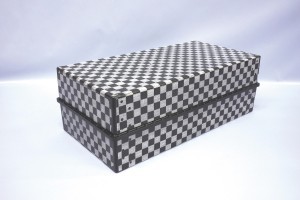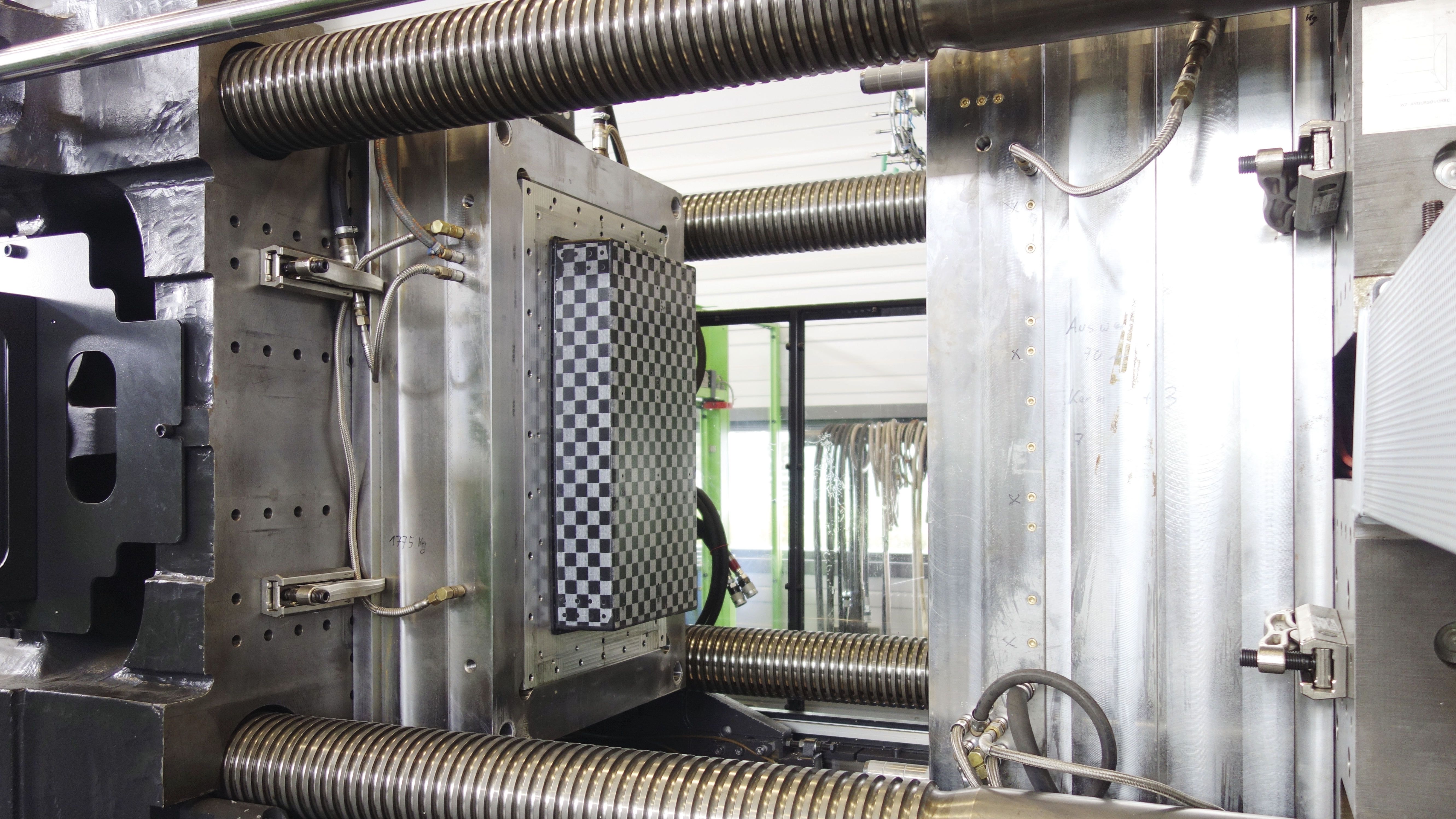The Fraunhofer Institute for Structural Durability and System Reliability LBF is now providing impetus for functionally integrated and cost-efficient lightweight construction for electromobility. Thanks to the selected combination of materials, the weight of battery packs can be reduced by 40%. In addition, a highly efficient and cost-effective production process has also been developed.
The Fraunhofer Institute 'Structural Durability and System Reliability' (LBF) is now providing impetus for function-integrated and cost-efficient lightweight construction for electromobility. Thanks to the chosen combination of materials, up to 40% weight can be saved in battery packs. A highly efficient and cost-effective production process has also been developed for this lightweight solution.
Scientists at the Fhg Institute in Darmstadt have focused exclusively on fiber-plastic composites in the development of the lightweight battery pack. This made it possible to reduce the weight by 40% compared to aluminum housings. This design not only reduces the moving mass of the electric vehicle, but also increases its range and dynamics thanks to additional integrated functions.
Because the battery pack is manufactured using a highly efficient process also developed at the LBF and has a specific structural design, it can be produced very cost-effectively. The project was presented in detail at the Fraunhofer Solutions Days 'Mobility Industry' on October 29, 2020.
Battery packs for electric vehicles are currently very heavy due to the large number of battery cells required if the required long ranges beyond 500 kilometers are to be achieved. The mechanical structure around the cells, such as cell holders and in particular the housing, which is currently made of aluminum or steel, add up to a high total weight of several hundred kilograms in addition to the electrical components. Depending on the vehicle design, the mechanical structure of the battery pack can account for more than 30 % of its total mass. "In order to increase the gravimetric energy density without having to change the cell technology, it is therefore obvious to make the necessary mechanical structures of the battery packs lighter," emphasizes Dr. Felix Weidmann, who is supervising the research project at Fraunhofer LBF. He sees clear potential for lightweight construction in the targeted use of fiber-reinforced plastic composites (FRP): "However, solutions must be cost-competitive and take into account the critical aspect of fire resistance."
Production in two minutes
With this in mind, the Fraunhofer LBF research team produced a lightweight battery pack housing from continuous fiber-reinforced thermoplastics in a sandwich structure using a novel process that combines highly efficient foam injection molding with thermoplastic FRP. This in-situ FRP sandwich process enables the production of finished lightweight battery housings in around two minutes without any post-processing.
In addition, functions such as the thermal insulation capability of the manufactured battery housing can be integrated in the same process step, which would not be possible with conventional metallic construction materials and manufacturing processes. By selecting suitable flame retardants and structures, a high level of resistance to open flames and thermal energy input can be achieved, as can occur in the event of a cell fire or UN ECE R100 tests.
Material costs significantly reduced
The lightweight battery pack consists of a housing and cell holders made of fiber composite materials. The housing consists of UD tapes from SABIC, which are first woven together and then consolidated. The checkerboard pattern laminate resulting from this process step is then preformed and inserted on both sides into a specially developed hybrid foam injection molding tool. By selectively injecting an integral foam between the laminates, the housing with fiber composite cover layers and a foam core is created in this way. This sandwich construction meets the demands of the application, leads to the highest weight-specific mechanical properties and at the same time reduces the amount of material used for the fiber composite laminates.
The resulting reduction in material costs, combined with the very short cycle times, leads to low component costs. In addition, this process is also suitable for covering other areas of application and their requirements, as a wide variety of fiber composite materials and plastic types can be combined and used.
In addition to the process for the efficient production of battery housings as a fiber composite sandwich construction, the researchers in Darmstadt also developed simulation-based methods with which the production quality can be predicted and thus the preliminary design and production can be significantly simplified.
The project was funded by the European Commission within the H2020 funding program (H2020-GV-2016-2017/H2020-GV-2017).
Fraunhofer LBF in Darmstadt has stood for the safety and reliability of lightweight structures for over 80 years. With its expertise in the fields of fatigue strength, system reliability, vibration technology and polymer technology, the institute today offers solutions for three of the most important cross-cutting topics of the future: lightweight system design, functional integration and cyber-physical mechanical engineering systems. The focus is on solutions for social challenges such as resource efficiency and emission reduction as well as future mobility, such as electromobility and autonomous, connected driving. Lightweight battery housings made of fiber composites: 40% lighter than aluminum thanks to the stress-optimized sandwich structure (Photo: Fraunhofer LBF)
Lightweight battery housings made of fiber composites: 40% lighter than aluminum thanks to the stress-optimized sandwich structure (Photo: Fraunhofer LBF)
Comprehensive expertise from data acquisition, real operational field use, data analysis and data interpretation to the derivation of concrete measures for the design and improvement of material, component and system properties form the basis for this. Clients come from sectors such as automotive and commercial vehicle construction, rail transport technology, shipbuilding, aviation, mechanical and plant engineering, energy technology, electrical engineering, medical technology and the chemical industry. They benefit from the proven expertise of over 400 employees and state-of-the-art technology in more than 17,900m2 of laboratory and testing space.


